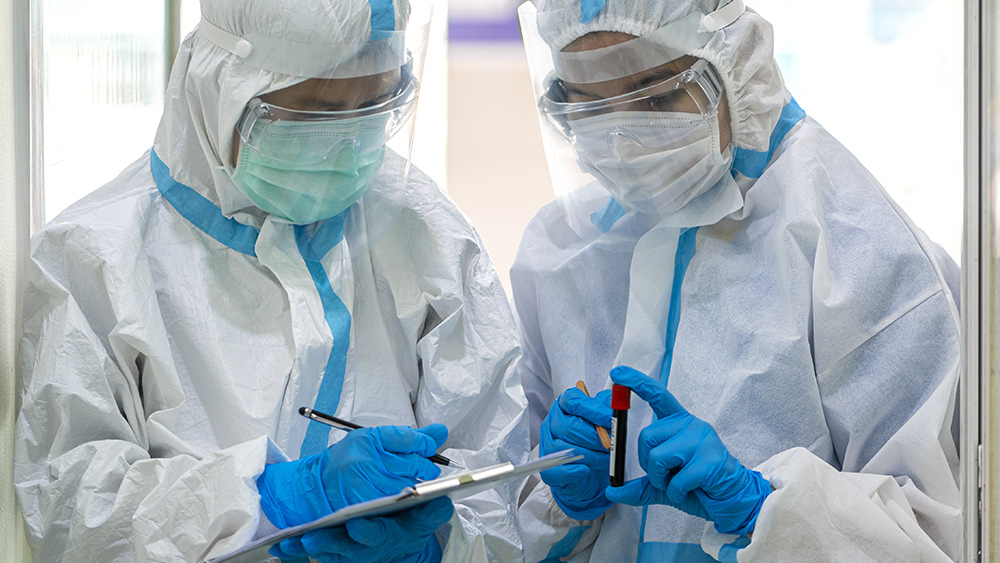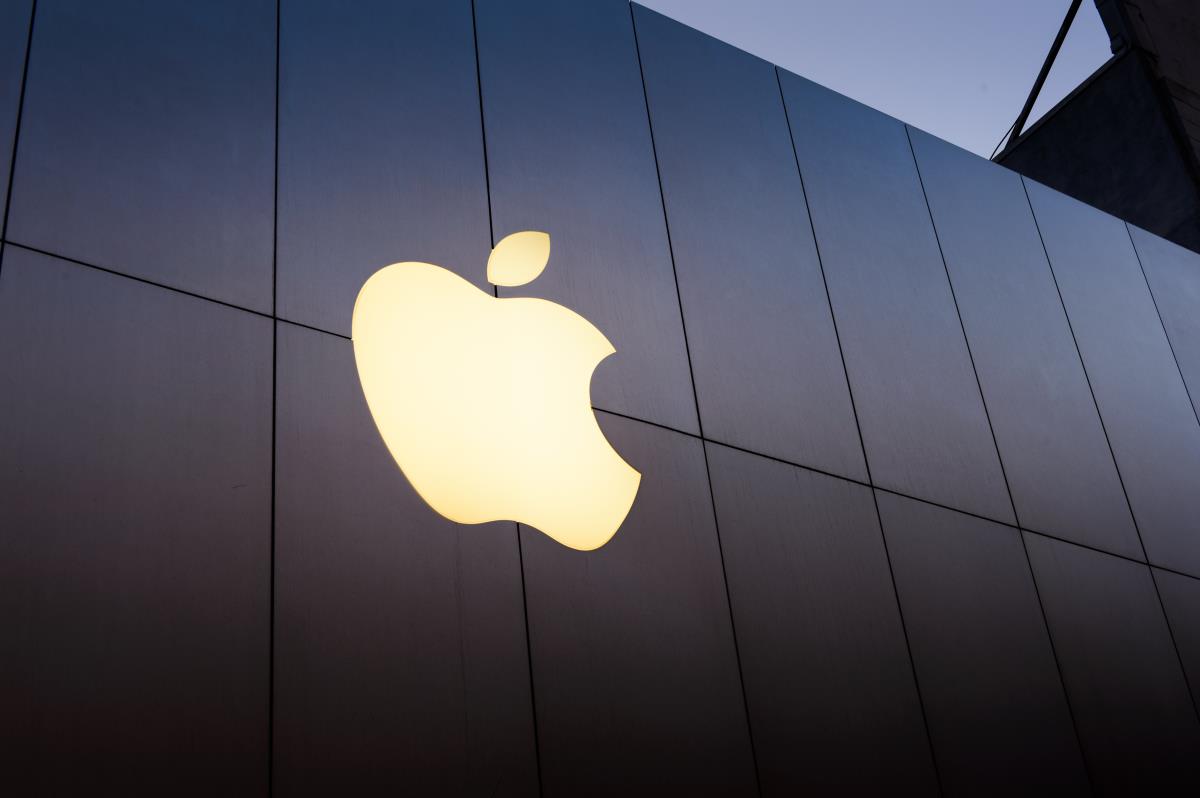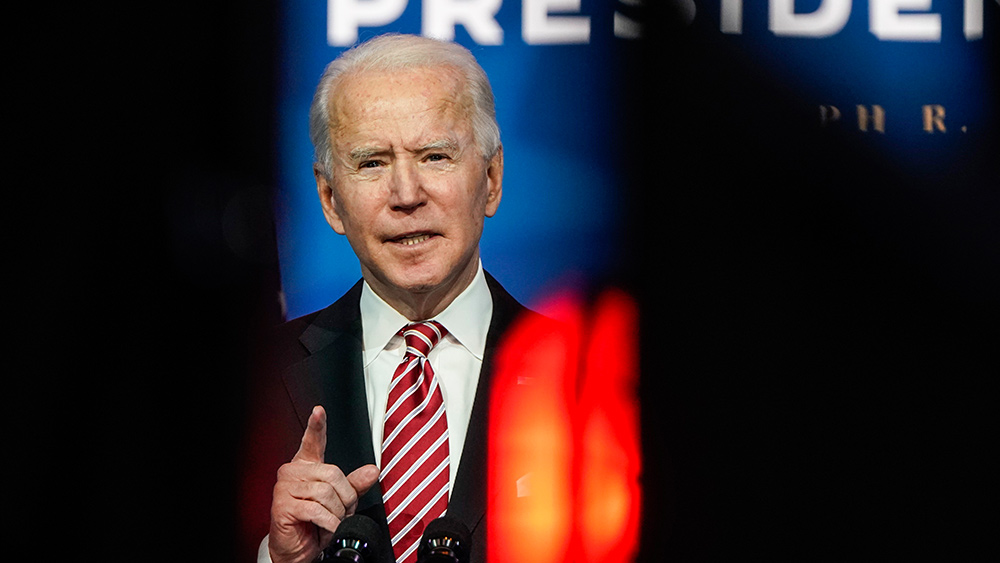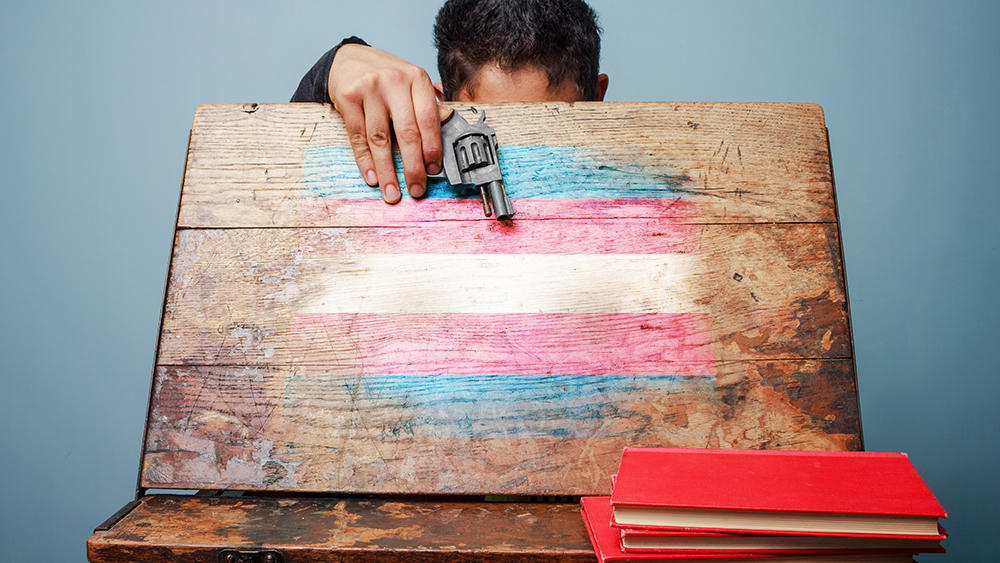WHO: Chinese researchers fought against evidence connecting COVID-19 origins to Wuhan lab
By nolanbarton // 2021-08-17
Tweet
Share
Copy

Dr. Peter Ben Embarek, head of the World Health Organization (WHO) team of experts that went to China to investigate the origins of coronavirus (COVID-19), revealed in a new documentary that Chinese researchers influenced the presentation of the team's findings.
The documentary titled "The Virus Mystery" was aired Thursday night, Aug. 12, on Danish television channel TV2.
Ben Embarek said their Chinese counterparts fought against connecting the origins of the pandemic to the Wuhan Institute of Virology (WIV) in a report detailing the investigation.
"In the beginning, they didn't want anything about the lab [in the report], because it was impossible, so there was no need to waste time on that," Ben Embarek said. "We insisted on including it, because it was part of the whole issue about where the virus originated."
In the new documentary, the food safety and animal diseases expert said their Chinese counterparts agreed to discuss the lab-leak theory in the report "on the condition we didn't recommend any specific studies to further that hypothesis."
That helped explain why the team's report released in March called a theory that the virus was released in a lab accident "extremely unlikely" and said that they would not recommend further investigation. The report also said that the virus likely emerged in bats and spread to another animal before jumping over to humans.
According to Ben Embarek, it was difficult for the WHO team to discuss the lab-leak theory with China at all. "Until 48 hours before we finished the whole mission, we still had no agreement that we would talk about the laboratory part of the report, so it was right up to the end that it was discussed whether it should be included or not," he said.
Ben Embarek said the coronavirus patient zero may have been infected by a bat during laboratory work. "An employee who was infected in the field by taking samples falls under one of the probable hypotheses," he said. The WIV is located close to the first known cases at a seafood market in the city of Wuhan.
China has argued that the virus did not start within its borders and instead has peddled other theories that the virus may have originated elsewhere. Chinese scientists said that it remains "possible" the virus entered Wuhan through frozen food imported from another country.
National laboratory finds lab-leak theory plausible
The lab-leak theory has attracted renewed interest after President Joe Biden ordered intelligence agencies to take a closer look at the possibility in May. According to Biden, the intelligence community was split on whether the virus came from a lab accident or emerged from human contact with an infected animal. A report on the origins of COVID-19 prepared last year by the Lawrence Livermore National Laboratory found that the theory claiming the virus originated from a lab in Wuhan was plausible and warranted further investigation from health officials. The May 2020 report from the California-based research facility made its conclusion based on genomic analysis of SARS-CoV-2, the virus that causes COVID-19. People familiar with the study said that it was prepared by the intelligence arm of Lawrence Livermore called "Z Division." The Department of State (DOS) reportedly asked the laboratory for additional information when it received the report in October 2020. The Lawrence Livermore report was important because it came from a respected national laboratory and differed from the dominant view in spring 2020 that the virus almost certainly was first transmitted to humans via an infected animal, a former official involved in the DOS inquiry said. Days before Biden was sworn in, the DOS issued a fact sheet saying that several researchers at WIV had fallen ill with COVID-like symptoms before the first publicly known case. It also said that the institute had worked secretly with the Chinese military. The fact sheet was vetted by the country's intelligence agencies. The WIV has denied that the virus leaked from its facilities and said that none of its staff have tested positive for COVID-19.Two factors suggest lab origin of SARS-CoV-2
On June 6, the Wall Street Journal published an op-ed discussing the possibility that the pandemic started with a virus escaping from the WIV. Steven Quay, who holds both a master's and a doctorate degree from the University of Michigan, and Richard Muller, emeritus professor of physics at the University of California, Berkeley, wrote that there are two factors suggesting a lab origin of the virus. "The presence of the double CGG sequence is strong evidence of gene splicing, and the absence of diversity in the public outbreak suggests gain-of-function acceleration. The scientific evidence points to the conclusion that the virus was developed in a laboratory," the pair wrote. Records show that the WIV has received over $800,000 from the National Institute of Allergy and Infectious Diseases (NIAID) headed by Dr. Anthony Fauci supposedly to support gain-of-function research on coronaviruses in bats. In a document dated April 21, 2020, the Wuhan lab funding from NIAID via nonprofit EcoHealth Alliance was detailed under the headline "NIAID Subawards to Wuhan Institute of Virology." The project title was "Understanding the Risk of Bat Coronavirus Emergence." (Related: Anthony Fauci defends funding Wuhan bat coronavirus research that focused on gain-of-function breakthroughs to infect human cells.)Double CGG sequence
The genome is a blueprint used by cells to make proteins. The language is made up of three-letter "words" that represent the 20 different amino acids. In the entire class of coronaviruses that includes SARS-CoV-2, the CGG-CGG combination has never been found naturally. But the double CGG sequence somehow appeared in SARS-CoV-2. Quay and Muller noted that the double CGG is the insertion sequence of choice in laboratory works because it is readily available and convenient and scientists have a great deal of experience inserting it. The double CGG sequence also creates a useful beacon that permits the scientists to track the insertion in the laboratory. "Proponents of zoonotic origin must explain why the novel coronavirus, when it mutated or recombined, happened to pick its least favorite combination, the double CGG. Why did it replicate the choice the lab’s gain-of-function researchers would have made?" they wrote. "At the minimum, this fact – that the coronavirus, with all its random possibilities, took the rare and unnatural combination used by human researchers – implies that the leading theory for the origin of the coronavirus must be laboratory escape." (Related: Tracing the origins of COVID-19.)Lack of genetic diversity
The difference in the genetic diversity of SARS-CoV-2 compared with the coronaviruses responsible for Severe Acute Respiratory Syndrome (SARS) and Middle East Respiratory Syndrome (MERS) also suggests that SARS-CoV-2 originated from a lab. Both SARS and MERS were confirmed to have a natural origin – the viruses evolved as they spread through the human population until the most contagious forms dominated. On the other hand, SARS-CoV-2 appeared in humans already adapted into an extremely contagious version. Such early optimization is unprecedented, suggesting a long period of adaptation that predated its public spread. "Science knows of only one way that could be achieved and that is through simulated natural evolution, growing the virus on human cells until the optimum is achieved," Quay and Muller wrote. "That is precisely what is done in gain-of-function research." Follow Pandemic.news for more news related to the coronavirus pandemic. Sources include: DailyStar.co.uk News.Yahoo.com WSJ.com 1 WSJ.com 2 DailyMail.co.ukTweet
Share
Copy
Tagged Under:
research conspiracy deception lies superbugs communist China coverup badscience badmedicine coronavirus Wuhan Institute of Virology covid-19 gain-of-function covid-19 pandemic coronavirus origin lab-leak theory
You Might Also Like
The all-seeing “i”: Apple just declared war on your privacy
By News Editors // Share
Justin Trudeau promises to transform Canada into a covid prison camp if re-elected
By Ethan Huff // Share
Recent News
USDA will deploy undercover investigators to enforce new SNAP purchase restrictions
By lauraharris // Share
U.S. measles cases top 2,000 in 2025, highest total in more than three decades
By lauraharris // Share
The hidden health crisis of PM2.5 pollution
By patricklewis // Share











